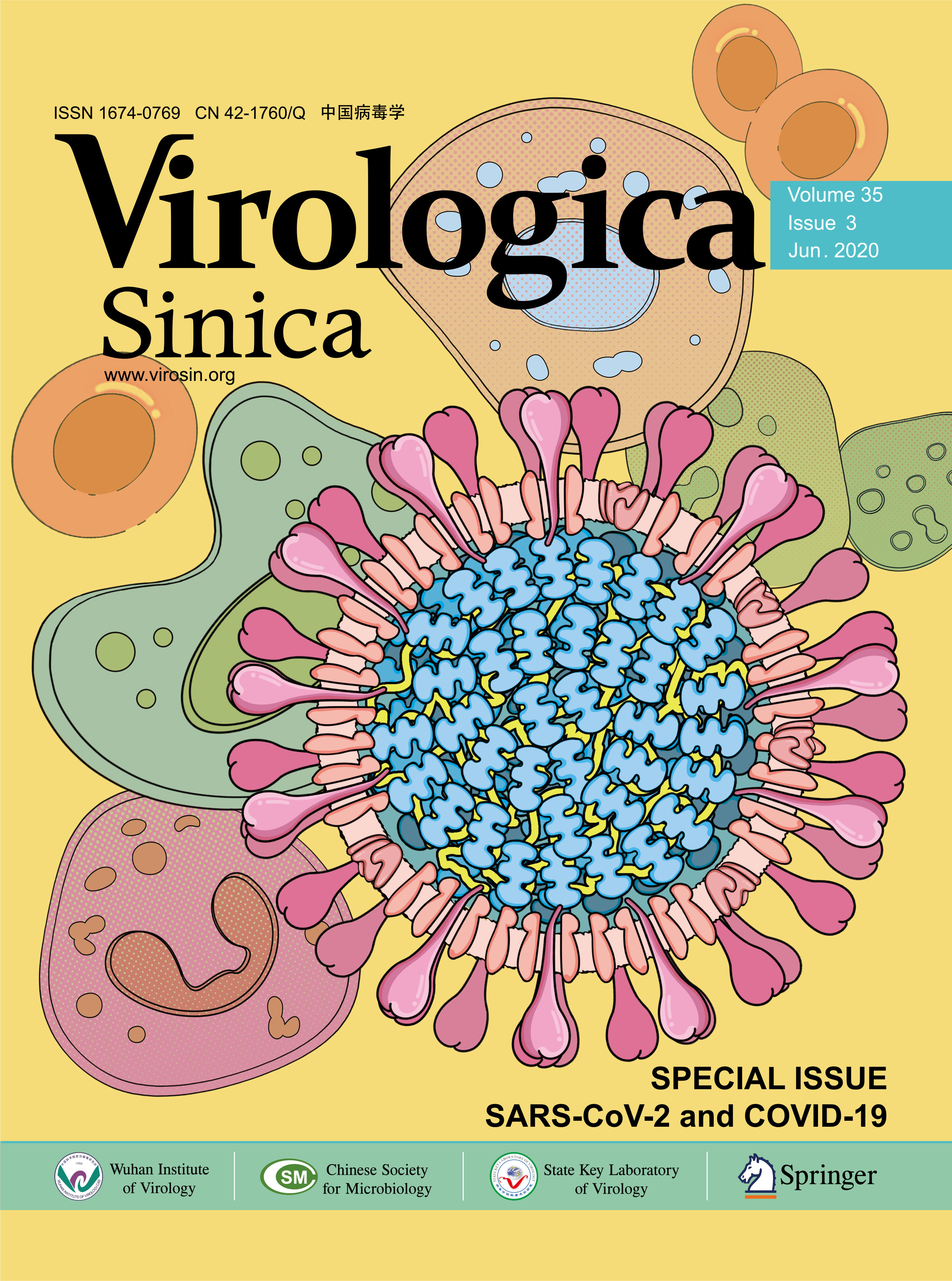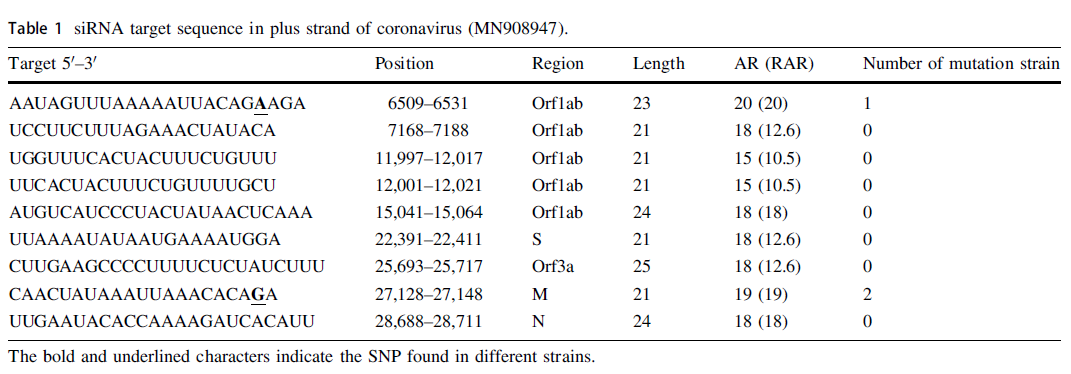-
Bellaousov S, Reuter JS, Seetin MG, Mathews DH (2013) Rnastructure: web servers for RNA secondary structure prediction and analysis. Nucleic Acids Res 41:W471–W474
doi: 10.1093/nar/gkt290
-
Benvenuto D, Giovanetti M, Ciccozzi A, Spoto S, Angeletti S, Ciccozzi M (2020) The 2019-new coronavirus epidemic: evidence for virus evolution. J Med Virol 92:455–459
doi: 10.1002/jmv.25688
-
Bobbin ML, Rossi JJ (2016) Rna interference (rnai)-based therapeutics: delivering on the promise? Annu Rev Pharmacol Toxicol 56:103–122
doi: 10.1146/annurev-pharmtox-010715-103633
-
Chalk AM, Sonnhammer EL (2002) Computational antisense oligo prediction with a neural network model. Bioinformatics 18:1567–1575
doi: 10.1093/bioinformatics/18.12.1567
-
Elbashir SM, Harborth J, Lendeckel W, Yalcin A, Weber K, Tuschl T (2001) Duplexes of 21-nucleotide rnas mediate rna interference in cultured mammalian cells. Nature 411:494–498
doi: 10.1038/35078107
-
Ge Q, McManus MT, Nguyen T, Shen CH, Sharp PA, Eisen HN, Chen J (2003) Rna interference of influenza virus production by directly targeting mrna for degradation and indirectly inhibiting all viral RNA transcription. Proc Natl Acad Sci USA 100:2718–2723
doi: 10.1073/pnas.0437841100
-
Huang C, Li M, Chen C, Yao Q (2008) Small interfering rna therapy in cancer: mechanism, potential targets, and clinical applications. Expert Opin Ther Targets 12:637–645
doi: 10.1517/14728222.12.5.637
-
Ji FM, Luo LF (2004) Prediction for target sites of small interfering RNA duplexes in sars coronavirus. Genome Biol 5:P6
doi: 10.1186/gb-2004-5-2-p6
-
Li T, Zhang Y, Fu L, Yu C, Li X, Li Y, Zhang X, Rong Z, Wang Y, Ning H, Liang R, Chen W, Babiuk LA, Chang Z (2005) Sirna targeting the leader sequence of sars-cov inhibits virus replication. Gene Ther 12:751–761
doi: 10.1038/sj.gt.3302479
-
Nguyen TM, Zhang Y, Pandolfi PP (2020) Virus against virus: a potential treatment for 2019-ncov (sars-cov-2) and other RNA viruses. Cell Res 30:189–190
doi: 10.1038/s41422-020-0290-0
-
Phan T (2020) Novel coronavirus: from discovery to clinical diagnostics. Infect Genet Evol 79:104211
doi: 10.1016/j.meegid.2020.104211
-
Shi Y, Yang DH, Xiong J, Jia J, Huang B, Jin YX (2005) Inhibition of genes expression of sars coronavirus by synthetic small interfering rnas. Cell Res 15:193–200
doi: 10.1038/sj.cr.7290286
-
Wilson JA, Jayasena S, Khvorova A, Sabatinos S, Rodrigue-Gervais IG, Arya S, Sarangi F, Harris-Brandts M, Beaulieu S, Richardson CD (2003) Rna interference blocks gene expression and RNA synthesis from hepatitis c replicons propagated in human liver cells. Proc Natl Acad Sci USA 100:2783–2788
doi: 10.1073/pnas.252758799
-
Zhao WM, Song SH, Chen ML, Zou D, Ma LN, Ma YK, Li RJ, Hao LL, Li CP, Tian DM, Tang BX, Wang YQ, Zhu JW, Chen HX, Zhang Z, Xue YB, Bao YM (2020) The 2019 novel coronavirus resource. Yi Chuan 42:212–221
-
Zhu N, Zhang D, Wang W, Li X, Yang B, Song J, Zhao X, Huang B, Shi W, Lu R, Niu P, Zhan F, Ma X, Wang D, Xu W, Wu G, Gao GF, Tan W, China Novel Coronavirus I, Research T (2020) A novel coronavirus from patients with pneumonia in china, 2019. N Engl J Med 382:727–733
doi: 10.1056/NEJMoa2001017













